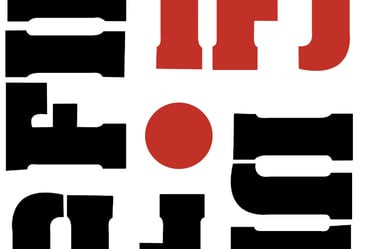Breaking: From the Streets to the Olympic Stage


2024. Breaking, also known as breakdancing, has come a long way since its humble beginnings in the streets of New York City in the 1970s. This dynamic and acrobatic dance style has now been recognized as an official Olympic sport, marking a significant milestone for the breaking community. Breaking's inclusion in the Olympics is a testament to its global popularity and cultural significance. What started as a form of expression for marginalized communities in the Bronx has now evolved into a worldwide phenomenon that transcends boundaries of race, age, and social status. The athleticism, creativity, and sheer artistry of breakdancing have captivated audiences around the world, making it a perfect fit for the Olympic stage. One of the key reasons behind breaking's inclusion in the Olympics is its ability to engage and resonate with younger audiences. The International Olympic Committee (IOC) has been actively seeking to attract a more diverse and youthful demographic to the Games, and breaking offers a fresh and exciting addition to the traditional lineup of sports. With its high-energy moves, intricate footwork, and innovative choreography, breaking appeals to the youth culture and brings a modern twist to the Olympic Games. The road to Olympic recognition for breaking has been a long and challenging one. The breaking community has worked tirelessly to establish a legitimate and respected platform for the dance style. The formation of the World DanceSport Federation (WDSF) in 2007 was a significant step towards achieving this goal. The WDSF has been instrumental in promoting breaking as a sport and advocating for its inclusion in major international competitions, including the Youth Olympic Games. The decision to include breaking in the Paris 2024 Olympics was met with both excitement and skepticism. While many within the breaking community celebrated the long-awaited recognition, others expressed concerns about the potential commercialization and mainstreaming of the dance style. There is a fear that the essence and authenticity of breaking may be diluted in its journey to becoming an Olympic sport. However, the breaking community remains optimistic about the opportunities that Olympic recognition can bring. It provides a platform for breakers to showcase their skills on a global stage and gain recognition for their talent and dedication. Olympic status also opens doors for increased funding, sponsorship, and professional opportunities for breakers, which can help elevate the dance style to new heights. In conclusion, the inclusion of breaking in the Paris 2024 Olympics is a significant milestone for the dance style and its community. Breaking's journey from the streets of New York City to the Olympic stage is a testament to its cultural impact and global appeal. While there are concerns about the potential challenges that come with Olympic recognition, the breaking community remains hopeful that this new chapter will bring opportunities for growth and further recognition of the artistry and athleticism of breakdancing.




